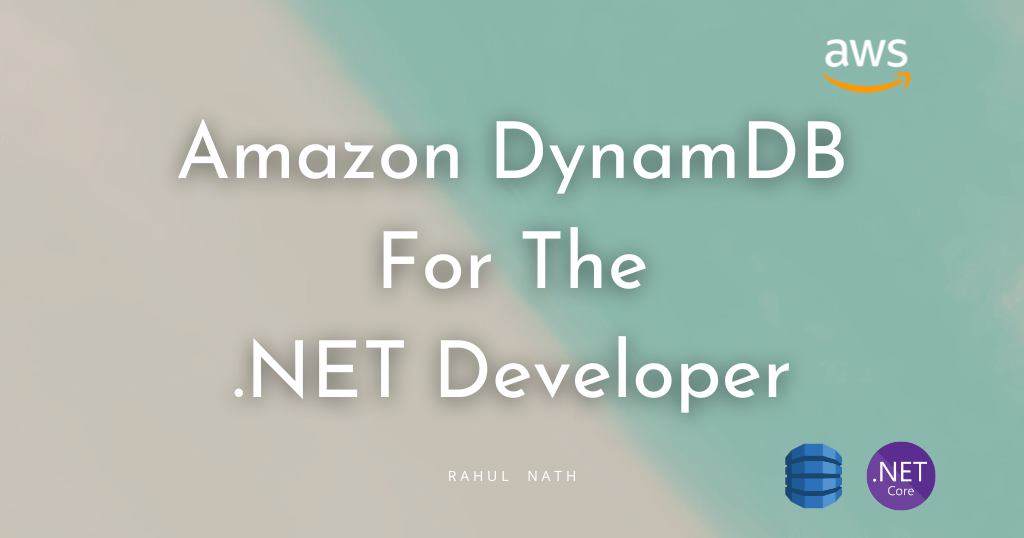This article is sponsored by AWS and is part of my AWS series.
DynamoDB is a cloud-hosted NoSQL database provided by Amazon Web Services (AWS). DynamoDB provides reliable performance, A managed experience, and comfortable API access communicate with him.
This blog post is a collection of other posts covering various aspects of Amazon DynamoDB and other services you can integrate with when building serverless applications.
Getting started with Amazon DynamoDB
If you’re brand new to AWS DynamoDB and just getting started, check out my Getting Started article below.
AWS DynamoDB for .NET Developer: How to get started easily
Learn how to get started with AWS DynamoDB with .NET Core by updating the default ASP NET Web API template to use DynamoDB as its data store. We will learn to perform basic create, read, update and delete operations from the API.
It covers an introduction to DynamoDB, understanding how to create tables, and performing basic create, read, update, and delete (CRUD) operations from a .NET application using the DynamoDB SDK.
Running DynamoDB on your development machine
Local DynamoDB Available as a handy download for developing and testing applications without accessing the DynamoDB web service. The database is self-contained and runs on your computer.
How to run and access DynamoDB Local for easy development and testing
Learn how to configure and run the DynamoDB database on your local development machine. We’ll see how to connect using the AWS CLI, from a .NET application and using GUI tools like Dynobase and NoSQL Workbench.

Check out the article above, where I go through in detail how to set up a local instance of DynamoDB, access it from applications and the different modes it supports. I also cover the various GUI tools that can interact with the locally installed database instance.
Retrieving data from DynamoDB
To retrieve data from DynamoDB, you have several query options.
The query operation is ideal for retrieving items that match specific criteria using partition and sort key values. Another option is the scan operation, which filters results based on conditions, but can be expensive and impact performance for large tables.
As a rule of thumb, when querying data, you can take into account that each record you pull from the database has a direct cost. Limiting the items you retrieve has a direct impact on cost savings as well as performance. Pagination helps in breaking down the items into smaller groups and loading them as needed.
To learn more about different ways you can query DynamoDB and how to paginate data in your requests, check out the posts below.
Writing data to DynamoDB
DynamoDB provides two main methods for writing/modifying data in a table: PutItem and UpdateItem. These are part of a low-level API IAmazonDynamoDB. High-level API, IDynamoDBContext Wraps both methods into a single SaveAsync method.
By default, when using the .NET DynamoDB SDK, it serializes .NET classes, with default constructors, as JSON objects. However, you can customize the data written into DynamoDB using custom converters.
When writing data to DynamoDB, it is essential to ensure data consistency when multiple users or applications access the same data simultaneously. Check out the articles below to explore the different ways you can ensure data consistency when writing to DynamoDB.
DynamoDB and AWS Lambda
DynamoDB triggers allow you to automatically run a Lambda function in response to specific operations on a DynamoDB table, such as item updates, inserts, or deletes.
DynamoDB Triggers allow you to build powerful and scalable applications that can automatically respond to changes in your DynamoDB tables without the need for any polling or manual intervention.
Check out the articles below to understand more about DynamoDB and AWS Lambda Triggers.
I hope this helps you to have a good understanding of Amazon DynamoDB, and how to read/write to tables and integrate it with other AWS services from your .NET application.
